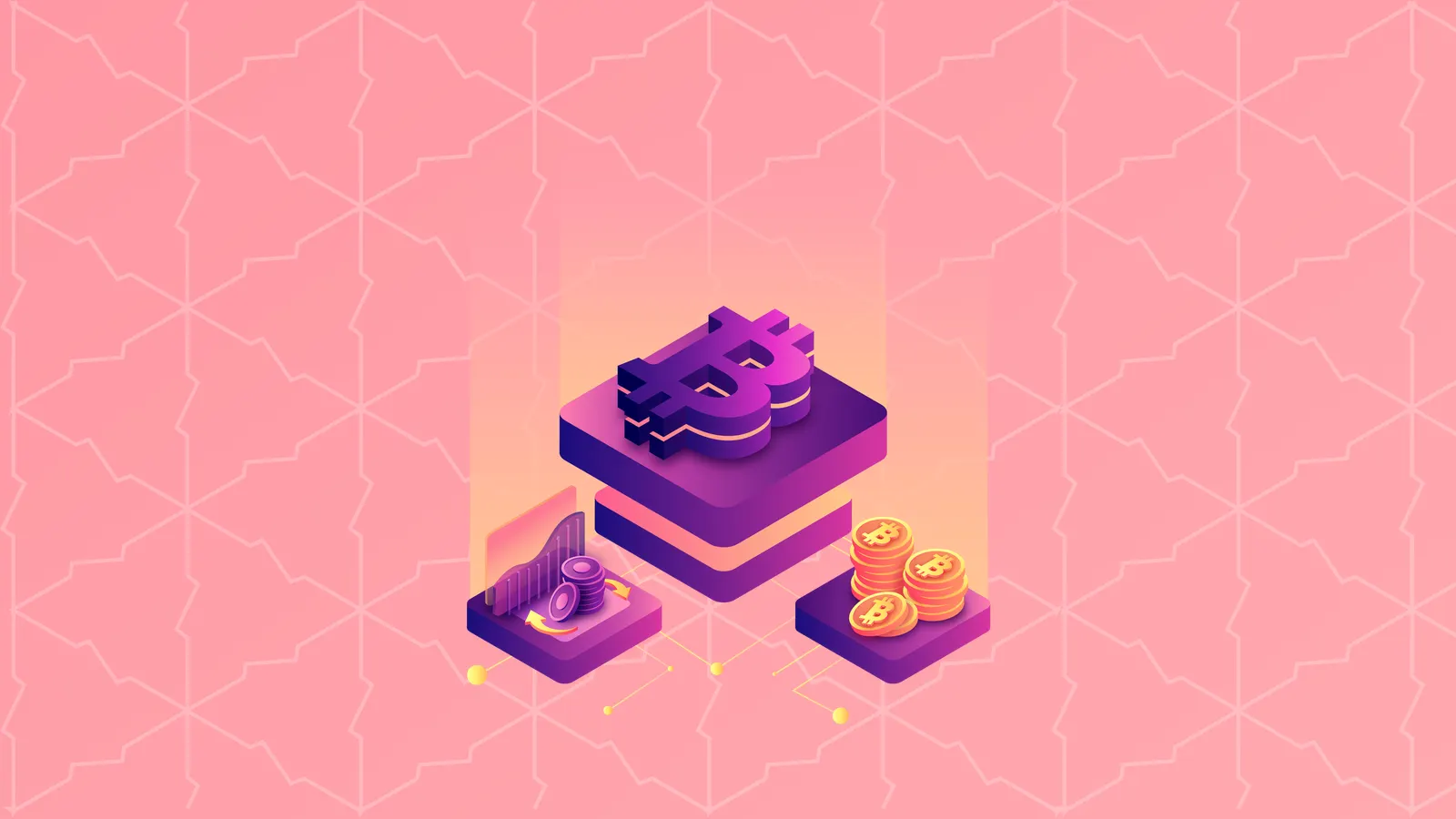In brief
- Bitcoin halvings occur every four years, and see the block reward for Bitcoin miners cut in half.
- Following the 2012, 2016 and 2020 halvings, the price of Bitcoin rose.
- Debate rages over whether Bitcoin halvings have a bullish effect on BTC's price or are "priced in."
Every four years, the block reward for Bitcoin miners is halved, an event known—appropriately—as the halving.
The next halving is set to take place in April 2024. The most immediate impact will be felt by Bitcoin miners, who will see the fruits of their labor slashed in half once again. But it also has meaning for BTC investors—if for no other reason than market sentiment and the attention that the halving typically brings.
So what does the Bitcoin halving really mean for retail traders? Should they be paying attention?
Bitcoin halving: the nuts and bolts
After the next Bitcoin halving, which should take place in April 2024, miners will be rewarded with 3.125 BTC for each block they process. That's half the current rate of 6.25 BTC. The reason for this is to keep Bitcoin inflation in check.
There will only ever be 21 million BTC minted, but the rate at which new coins are created is slowed down every four years.
It’s hard to predict the exact date of the halving because it’s scheduled to occur once per 210,000 blocks mined. The rate at which new Bitcoin is mined fluctuates depending on network activity.
But other than the amount of BTC being rewarded to miners changing, some say that the 2024 halving will be different from previous ones—simply because more people are now talking about it. There's more interest today in the cryptocurrency industry—especially from institutions—than ever before.
Since Bitcoin’s 2020 halving, a lot has happened. The price of the biggest digital asset has more than quadrupled; it went on a massive bull run in 2021 when it touched its all-time high of $69,044, before crashing to lows of around $17,000 in 2022 and settling around $44,000 at the end of 2023. Bitcoin has also become far more mainstream and big money from traditional and respected firms has poured in.
The last three halvings led to a price surge following the event: Before the first halving of 2012, BTC was priced at $12.35; one year later the price of the coin stood at $964.
The next halving on July 9, 2016, BTC was trading hands for $663. Again, one year later, it had shot up in value and was priced at $2,500.
And at the latest halving, which took place on May 11, 2020, BTC was valued at $8,500. A bull run followed the next year and the biggest digital coin exploded to an all-time high the next year.
For that reason, retail investors—and not just miners—should be paying attention to the next halving, industry insiders say. “There are more people focused on Bitcoin now, more people building on Bitcoin now than ever before,” Bob Bodily, CEO of Ordinals marketplace Bioniq, told Decrypt.
The halving isn't the only factor to consider in 2024; Bloomberg Intelligence analysts expect that a spot Bitcoin exchange-traded fund (ETF) will be approved in January, which could lead to an influx of money from institutional investors into crypto.
Analysts for British multinational Standard Chartered have argued that the combination of miner rewards getting cut in half plus the potential approval of an ETF could lead to Bitcoin hitting $100,000 per coin in 2024.
Perhaps the biggest Bitcoin bull of them all, MicroStrategy founder Michael Saylor, has also said the halving combined with the potential approval of several Bitcoin ETFs could lead to a flood of money into the market like never before. And he's put his money where his mouth is, embarking on a buying spree that's seen MicroStrategy add billions of dollars in Bitcoin to its coffers.
Bitcoin halving: what does it mean for BTC price?
Does that mean retail investors will come rushing in as the halving draws closer? Bitcoin fans don't need any further convincing, Bodily argued. They're likely to keep buying. But for traditional investors who haven't yet stepped into crypto, the play might not be as obvious, given the associated risks.
Bitcoin is a notoriously volatile asset, and the relatively illiquid market—when compared to traditional stock assets—is prone to wild swings. An ETF should help stabilize things, analysts say, if it is indeed approved for trading and large amounts of capital enter the market as they expect. But mom and pop retail buyers might still be hesitant, given the events of 2023.
Bitcoin crashed spectacularly after peaking at an all-time high of $69,000 in November 2021. A number of factors contributed to its fall, including the collapse of the Terra ecosystem, the contagion that spread throughout the industry, and macroeconomic shifts like the U.S. Federal Reserve raising interest rates to record levels as inflation soared.
The digital asset then hit a multi-year low of around $15,000 a year later following the implosion of crypto exchange FTX, a saga that only reached its climax after its founder Sam Bankman-Fried was convicted of multiple federal crimes in November 2023. As a result of this succession of crises, lawmakers and regulators are more closely scrutinizing crypto markets, so it's reasonable to think that your typical Fidelity client might be apprehensive about diving back into crypto.
Short of an ETF, more traditional investors can still gain exposure to Bitcoin through proxies such as publicly traded mining companies. Nishant Sharma, founder of Bitcoin mining industry public relations firm BlocksBridge Consulting, told Decrypt that investors who want to get exposure to mining company stocks should pay attention to metrics that tell how efficient and reliable a mining company’s operations are.
“An example of such a metric is the hash rate realization of a company, which shows how much of a company’s installed hash rate was used by it to mine bitcoin in the past month,” he said. “By checking the [hash rate] of a company over the past year or more, one can also get an idea of the company’s softer aspects that cannot be measured, such as, the foresight of a company to plan for regulatory or environmental disruptions, etc.”
Still, when it comes to how investors should consider the Bitcoin halving, not everyone is convinced that the event has a bullish effect on BTC's price necessarily, despite how previous halvings have played out.
“There’s no proof it has an effect on price,” Scott Norris, co-founder of Bitcoin miner LSJ Ops, told Decrypt. But it's “great for hype,” he said. “The hype machine loves it and it sparks the FOMO [fear of missing out]."
Long-time pseudonymous contributor to Bitcoin privacy wallet Wasabi, who goes by the name Rafe, said that the halving is “a known change” but traditional investors who aren’t yet “deep in the Bitcoin rabbit hole” will take more note of this one.
Most of all, it’s likely that the halving will be what it’s always been: an event for miners. With Bitcoin’s hash rate hitting an all-time-high in November 2023, miners are having to work harder—which could put some out of the business altogether. For that reason, those minting the coins are the ones who will be closely watching the 2024 halving.
Disclaimer
The views and opinions expressed by the author are for informational purposes only and do not constitute financial, investment, or other advice.


